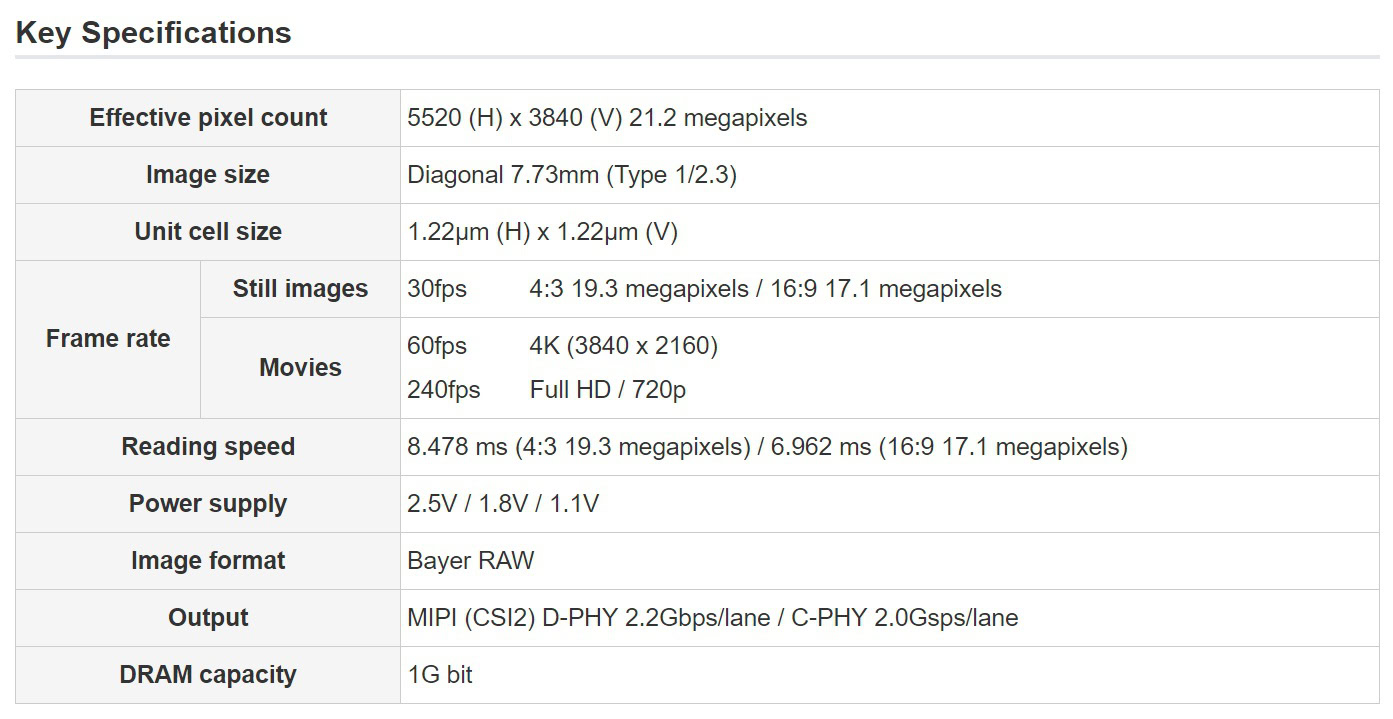Affiliate links on Android Authority may earn us a commission. Learn more.
Sony’s new camera sensor captures glorious 960 fps slow-mo

Sony’s smartphone business is a shadow of its former self, but that doesn’t mean that the company isn’t profiting off the smartphone revolution.
Sony is the leading manufacturer of camera sensors for mobile applications – its Exmor sensors can be found in virtually every major device, ensuring a steady flow of cash for the company, a part of which is re-invested into R&D.
The latest camera sensor from Sony looks to further solidify its lead in the sector. In an industry first, Sony created a sensor that integrates DRAM memory, making it possible to capture images at very high speeds – one frame every 120th of a second.
The new sensor is up to eight times faster than IMX378, which can be found in the Google Pixel and other recent flagship phones. While IMX378 can capture slow-motion video at up to 120 frames per second, the new sensor (which doesn’t have a name yet) can capture video at an incredible 960 fps (120 fps in 4K)
This video provided by Sony demonstrates what can be achieved with this capability:
By putting DRAM (1 Gb) on the sensor (it’s actually sandwiched between the top, CMOS layer and the bottom, circuitry one), Sony made it possible to capture data much faster than before. The DRAM acts as a buffer, storing data until it can be fed to the phone’s signal processing chip.
Super smooth slow-mo is the main benefit, but fast data capture also prevents image distortion that can happen when conventional sensors capture fast-moving objects. This “rolling-shutter” effect, exemplified in the image of a moving train below, happens because CMOS sensors typically capture the top of a frame faster than they capture the bottom of the frame. When an object moves faster than the readout difference, it will turn out skewed in the final picture. In video, this issue can lead to the “jello effect” that can be seen on many clips shot with smartphones. Sony’s new sensor mitigates these issues, thanks to its on-board memory.

Sony confirmed the new tech will be used on smartphones, but it didn’t say when it will begin to commercialize it. It could take a while – for instance, Sony announced the IMX 378 sensor in February 2016, and the first phones with it inside came out towards the end of the year.